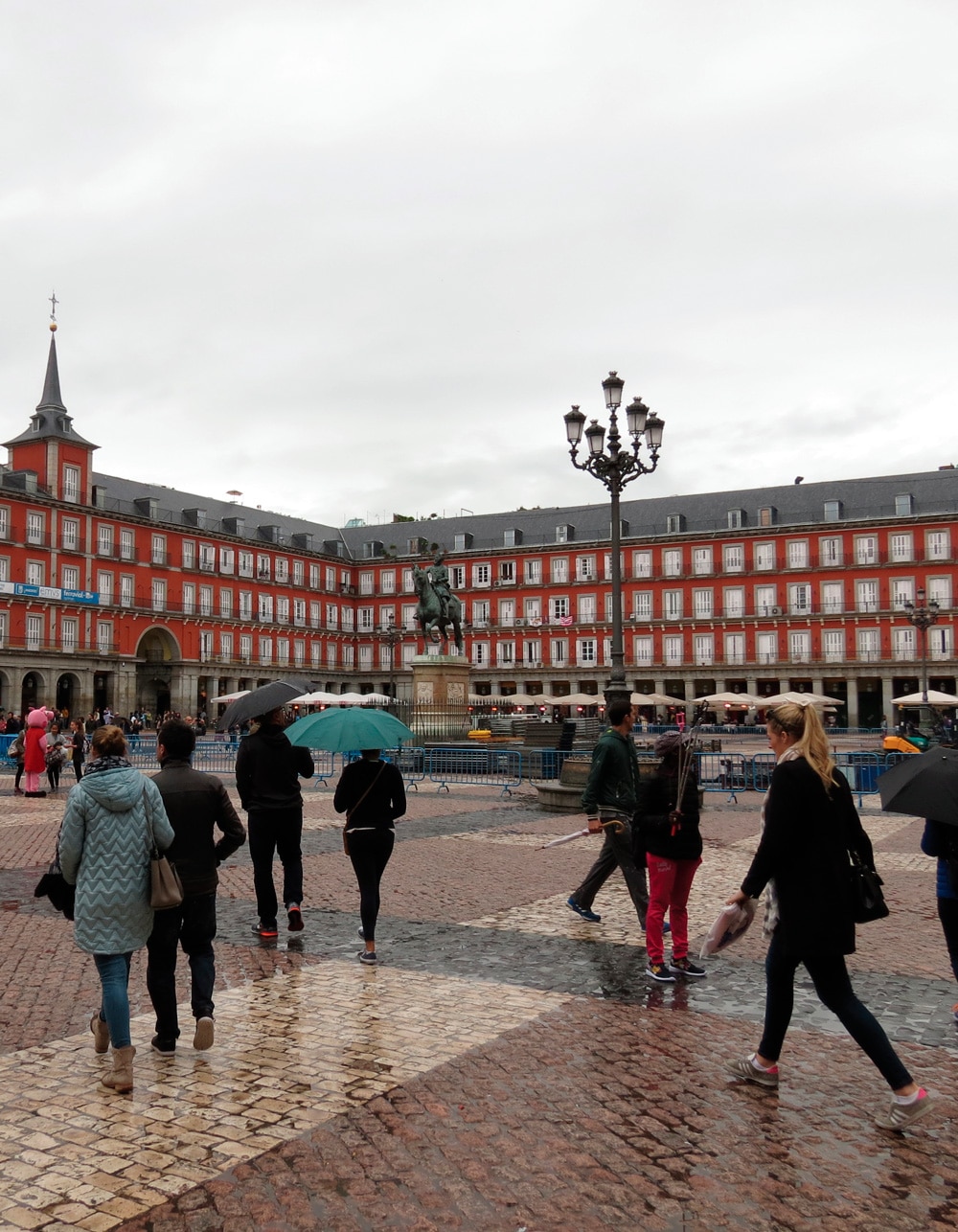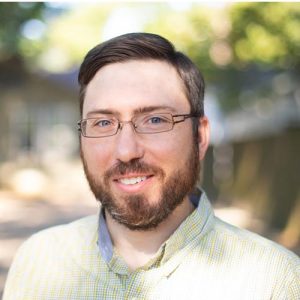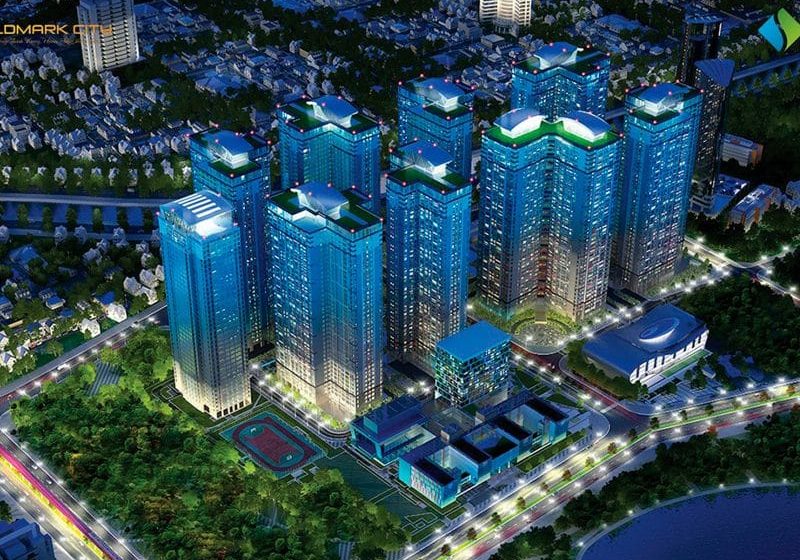Elevcon 2016
Aug 1, 2016

IAEE celebrates 30 years in historic Madrid.
The 21st Elevcon International Congress of Vertical Transportation Technologies was held at the Hilton Madrid on May 10-12. The successful event welcomed 185 professionals from around the world to hear from speakers presenting a record 44 papers, which necessitated several concurrent sessions. In addition, there were 19 booths set up throughout the three days, despite competition from the vast World Elevator and Escalator Expo taking place concomitantly (p.128). Management of the hosting organization, the International Association of Elevator Engineers (IAEE), also met in the organization’s 30th year.
Joseph Steir, IAEE secretary general and meeting chairman, opened the event with a warm welcome and explained that while IAEE President Ami Lustig’s health had been improving, his doctor disallowed him to fly from his home in Israel to attend the conference. IAEE President Emeritus John Inglis was then called to the stage and explained the importance of IAEE to the elevator industry over its three decades and the impact Elevcon has had as it took place for the 21st time, bringing the total number of papers presented since its inception to 650. These are published after each event in the Elevator Technology: Proceedings of Elevcon book, edited by Lustig. He explained that technology and innovation have driven paper topics and the event’s growth over the years.Inglis said it had been 20 years since Elevcon had been held in Spain, but the chilly, wet weather that persisted throughout the week was atypical of springtime in the Land of the Setting Sun. He thanked thyssenkrupp for being the main sponsor of the event and invited Elena Mozo, director of Communication for thyssenkrupp Elevator Southern Europe, Africa and Middle East (SEAME) to speak. Mozo stated thyssenkrupp was proud to sponsor the lunches, dinners and more to make the conference and exhibition a success.
Outstanding Presentations
Day One
The sessions began with Jörg Müller of thyssenkrupp Elevator SEAME and Germany speaking on “Efficient Buildings by Vertical Transport with Double- and Multi-Car Systems.” Müller explained that while urbanization is driving ever-taller buildings, elevators are “the bottlenecks,” needing increasing space as the buildings get taller. Additionally, the human body limits elevator speed. TWIN, double-deck and conventional systems were described, and their limits were shown. thyssenkrupp’s MULTI was called the solution to the problem to “maximize usable space in very tall buildings.”
Next was “Technological Development of the Ultra-High-Speed Elevator with a Speed of 1,200 mpm” presented by Tetsuya Nakayama. Several attendees described their great interest in the paper, which was written by Nakayama and several other engineers from Hitachi, Ltd. and won the Best Paper Award for the event. In it, Nakayama explained that China and the Middle East drive elevator demand, and passengers and building owners there want ever-faster elevators. Technologies such as telescopic buffers; airtight cars; small, high-powered traction machines; high-strength ropes; new controllers; speed-detection systems; and special aerodynamic cover structures were required for the 20-mps, 0.8-mps/s. lift, which began operation in May 2016 in Hitachi’s test tower.
Following many questions on the world’s new fastest lift and its design, Dr. Albert So presented two papers. The first was his own, which does not appear in the latest Elevator Technology: Proceedings of Elevcon book (as it was submitted only two months ago) but will be published in an upcoming issue of ELEVATOR WORLD. In it, “BACnet Objects for Elevators Go Public,” So explained that a new Lonmark SVT has been proposed to further the work of nonproprietary network communication using one standard tool. Next, So presented a paper he coauthored with Lutfi Al-Sharif due to Al-Sharif not being able to attend. This piece presented new models using Richard Peters’ kinematic equations. Though the models in “Collision Prevention Procedure for a Rectangular Two-Dimensional Elevator Traffic System Using Graphical Methods” are not yet practical, they may one day have many applications.
Marja-Liisa Siikonen then covered the ISO 4190-6 standard revision. Since it was yet to be published (and is scheduled to be released this fall), she could not reveal details of it, but it covers office buildings and hotels, in addition to residential buildings.
Jochem Wit, consultant for the A’DAM (Amsterdam Dance and Music) Tower, then gave a rousing and passionate talk about a unique project underway. A previous Shell office tower formerly known as “Overhoeks,” the rebranded location will be completely transformed into a “leisure hotspot destined to become the global epicenter of the Dutch music and dance industry” with a new plinth, façade and “crown” (which will rotate and be 10 times larger than the previous one) increasing the building’s height to 94 m. Due to the building already being considered a monument in Amsterdam, elevators cannot be added to the façade, so Wit and his team used creativity to design a suitable elevator plan.
Another standout paper was from Beat De Coi of ESPROS Photonics AG, though it did not address the elevator industry specifically. De Coi explained that he is striving to bridge the gaps between elevators and the newest technology, such as photonics, which have revolutionized the size of instruments needed to measure the distance to an object. As even further similar breakthroughs are made, 3D technology that allows the counting of people for destination control can become more widespread.
In Tijmen M.J. Molema’s “Why PESSRAL Is Not PESS,” the Liftinstituut employee pointed out what he sees as a flaw in EN 81-1/2 A1: 2005. The amendment allows the use of programmable electronics for safety systems (PESS). By cherry-picking using this and a subset of the leading norm, IEC 61508 (which created Programmable Electronic Systems in Safety Related Applications for Lifts [PESSRAL]), there is the potential for unsafe systems. Molema said his goal is to replace old electrical relays with safer ones, and his detailed examples and ideas sparked many discussions throughout the event.
Day Two
A standout presentation on May 11 was from Chie Nomaguchi, who presented a Toshiba team’s interesting research on user friendliness and comfort in accessibility. Difficulty reported by users in wheelchairs who had problems with the arrangement of operation panels and handrails in cars prompted a change in the company’s SPACEL-GR model. Details covered lighting types, button lettering, button height and more.
“New Infrastructure of Elevator Remote Monitoring System and Expansion of Services” was presented by Shunji Takao of Hitachi. It described the company’s development of an advanced remote failure monitoring function, customer-operable remote control service and information display. The product has been converted from an analog phone line to an LTE line and can now offer even more options. It is currently only for Japan, however. Takao added, “We would have to customize for other countries.”
Iraklis Chatziparasidis of KLEEMANN then spoke on finite element modeling and experimental tests on full-glass panoramic cars. Though these had much technical detail, the audience was kept thoroughly engaged by well-recorded videos of where stresses on the cars’ structure appeared in different situations.
Code experts helped close out the second day. First was Siegried Melzer and José Flórez-González of TÜV SÜD with “Certification Issues Relating to Directive 2014/33/EU,” which presented the experience gathered by different European Union (EU) Notified Bodies in the field of EC type examination and certification. It also looked into the future to preempt dealing with challenges to come. Next, veteran code expert Louis Bialy of Louis Bialy and Associates spoke on “Innovative Product Certification in Major Markets,” which served as a guide to the various processes of certification in markets around the world. Current trends toward a more uniform global certification process were also outlined.
Continuing the code-related presentations, David McColl of Otis presented “Development of the ISO Prescriptive Elevator Code,” in which he stated that new International Organization for Standardization (ISO) standards are steps toward global harmonization. The process is lengthy, but the new code should eventually replace EN 81-20 and -50 and provide a basis for which comparison with North American and Japanese codes can be performed. Finally, “Comparison of Lift Energy Classification Standards” by Otis’ Richard Fargo gave interesting statistics, stating that elevators actually account for only 4% of buildings’ energy use. It focused on describing differences and the rationale in the way VDI 4707 (released in 2009) and ISO 25745-2 (released in 2015) estimate energy consumption.
Following this day’s presentations, attendees were bussed to downtown Madrid and assigned tour guides to explain the varied architecture (considered ancient to an American such as your author) and many works of art throughout this cultural center. We were then treated to an excellent dinner and flamenco dancing by the talented people at Flamenco Villa Rosa in the heart of the historic city.
Day 3
The final day of presentations began with a session on guides. It was chaired by John van Vliet of Liftinstituut, who explained the importance of the components as “not just steel or pieces of steel.” Jose Enrique Fernandez of Savera then presented on the importance of guide-rail quality in “Riding Path Joint Simulation.” He was followed by Dr. Michael Merz of Hilti Corp. presenting on “Anchoring Guide Rails under Seismic Conditions,” which included telling videos of the effects of seismic events on poorly secured anchors. Fernandez then presented again, this time on “The Impact of EN-20 and EN-50 in Clips.”
Meanwhile, a lively session on escalators was taking place. Seiji Yokoe represented Toshiba in a presentation on a patented product that includes buffer material on escalator steps. There were many questions and comments, including one from Johannes De Jong saying that it was a good safety improvement. Next was an impassioned presentation from Rajah Venkatraman of Fortune Consultants, India. His personal anecdotes on escalator injuries and their frequency in the East brought authenticity to his “Escalator/Elevator Accidents — Asian Awareness.” Christian-Erik Thöny of CEDES AG then spoke on his company’s 3D “time-of-flight-based sensor,” playing a video of what the device “sees” — enough, according to Thöny, to “revolutionize and make the future intelligent.”
Other revolutionary ideas were presented in So’s paper (which he coauthored with Sharif and Ahmad Hammoudeh of the University of Jordan) “From 2D to 3D Elevator Systems.” It is a follow-up to the authors’ paper in the previous Elevcon, adding 3D designs and configurations, in addition to further-detailed 2D ones. Including the MULTI approach, the presentation offered concepts for buildings both tall and wide, not only tall and narrow.
Modernizing traffic analysis for high rises was the topic of a presentation by KONE’s Darren Batey and Mikko Kontturi. They promoted the KONE Elevator Performance Analyzer, which can accurately measure elevator passengers and system performance in an existing building, both during and after modernization. Also gathering building population, traffic patterns, door times, flight times, speed and acceleration, the device is independent of the control system and lift power supply. Its accuracy is said to be 95%.
Conclusion
Inglis offered his appreciation at the conclusion of the proceedings. He again thanked thyssenkrupp for its sponsorship; Lustig, Steir and Elevcon 2016 Secretariat Miinea Clara for all their preparation work to make Elevcon a success; and all presenters and session chairmen for their thorough research and well-thought-out papers. Though details of the next Elevcon are not yet set, EW looks forward to covering this important conference in 2018.
Get more of Elevator World. Sign up for our free e-newsletter.









